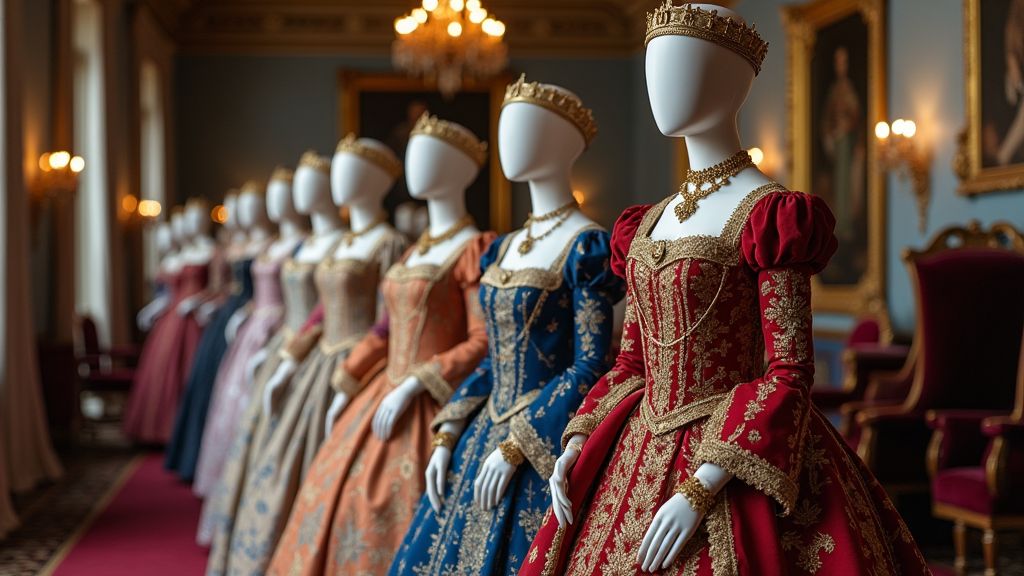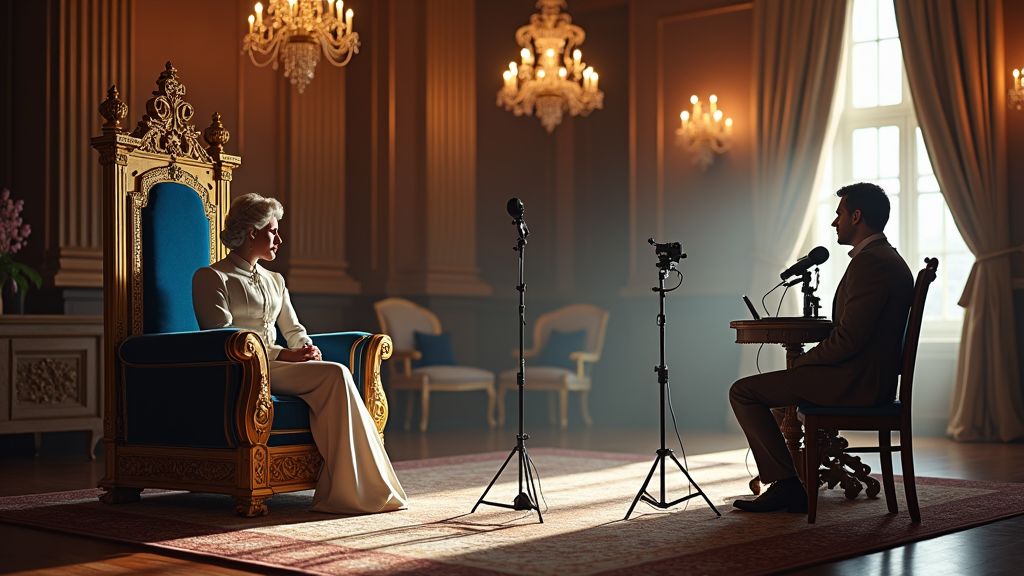The Influence of Royal Marriages on European History
Have you ever stopped to consider the profound impact that royal marriages have had on shaping European history? From solidifying alliances to sparking conflicts, the unions of monarchs and their heirs have shaped the course of nations for centuries. Let’s delve into the fascinating world of royal marriages and explore how they have influenced the political landscape of Europe.
The Medieval Period: Cementing Alliances through Marriage
During the medieval period, royal marriages were primarily used as a tool for cementing alliances between kingdoms and ensuring the continuity of dynastic lines. One notable example is the marriage of Isabella of France to Edward II of England in 1308. This union was intended to solidify peace between the two countries, but instead, it sparked a series of conflicts that would shape the future of both nations.
The Renaissance Era: Marriages for Political Power
In the Renaissance era, royal marriages took on a new significance as rulers sought to expand their political power through strategic alliances. An iconic example is the marriage of Ferdinand of Aragon and Isabella of Castile in 1469, which laid the foundation for the unification of Spain and the exploration of the New World.
The Age of Enlightenment: Marriages for Diplomatic Maneuvering
During the Age of Enlightenment, royal marriages became a tool for diplomatic maneuvering and statecraft. One striking example is the marriage of Marie Antoinette, the Archduchess of Austria, to Louis XVI of France in 1770. This union was meant to strengthen ties between France and Austria, but it ultimately became a symbol of the decadence and excess that would lead to the French Revolution.
The Modern Era: Marriages for Love and Influence
In the modern era, royal marriages have evolved to focus on personal choice and influence. A prime illustration is the marriage of Prince William, Duke of Cambridge, to Catherine Middleton in 2011. This union captured the hearts of millions around the world and solidified the royal family’s relevance in contemporary society.













